It’s no secret that bedside cribs and co-sleepers offer a host mind and body-boosting benefits, while helping the whole family get more restful nights of sleep. (Like making nighttime nursing easy and giving baby a healthy psychological and physiological development jumpstart — just to name a few of our faves!)
But you can enjoy an even bigger benefit boost by choosing a bedside co-sleeper that isn’t just safe and supportive for your little one, but is versatile as well.
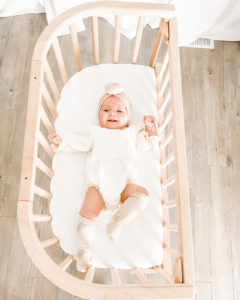
Because when your bedside crib can easily transform into a portable bassinet, you have even more flexibility when it comes to choosing how you’ll nurture your baby during their sleeping and waking hours— while also making things easier on you.
The Pros of Using a Portable Bassinet
A portable bassinet, a bedside crib, a bedside co-sleeper: there are plenty of options out there when it comes to choosing a place for your baby to rest their head and catch some Z’s.
But when it comes time to choose which will work best for your family, finding one that matches your lifestyle needs — as well as the needs of your little one — is key.
How to Make Your Bedside Crib Moveable
Though some families might decide that choosing a baby co-sleeper that securely attaches to their own bed might offer everything they need, others may find that choosing a more moveable option (like a wooden bassinet or bedside crib) is better for them.
For parents who have a nursery space that they’re hoping to move baby into when the time eventually comes to transition from co-sleeping, having a bassinet with wheels lets them roll baby back and forth between rooms, helping baby become well-accustomed to both.
A bassinet with wheels also allows you to move your baby to new rooms in the house without waking them.
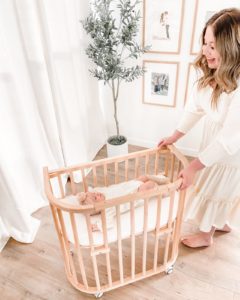
This can be a much-needed feature for families who want to keep baby close throughout the day without needing to rely on a baby monitor, stock up on extra products, or feel confined to the bedroom to do it.
Your Baby Bassinet Makes It Easier to Offer Comfort
A baby bassinet for bed is also perfect for families who find that their baby prefers to be rocked or swayed to keep calm throughout the night.
Without needing to leave the warmth of your covers, you can easily reach over and comfort your baby with a rocking motion by gently moving your baby’s portable bassinet back and forth.
Meaning you’ll be able to keep resting, even as you give your little one the kind of comfort that lets them happily drift back to dreamland!
Take an inside peek at how one family made their babybay mobile with the bassinet conversion kit — and loves the flexibility it offers!
Your Wooden Bassinet Will Keep Your Baby Cocooned
Your baby has just spent 9 months in the womb. And though they might be excited to have all the adventures the world has to offer, that doesn’t mean that there isn’t going to be a transition period when they experience a little discomfort while getting used to their new environment.
Traditional cribs are big. And while this might sound like a good thing at first (it gives my baby plenty of room to grow, right??), having too much extra space can be disorienting for some babies.
But when you convert your babybay co-sleeper, into a wooden bassinet, you’re able to enjoy all the advantages of a bassinet or crib —while making it easier for your baby to sleep happily in the more familiar and comforting embrace of a smaller sleeping space.
All babybay co-sleepers (including ones that have been transformed into a portable bassinet) are artfully designed to mimic the half-moon embrace of a hug (a shape your baby will be all-too-familiar with after growing in the womb).
So while your baby is soaking up all the new things the world has to offer, they’ll feel fully loved and embraced in comfort while doing it.
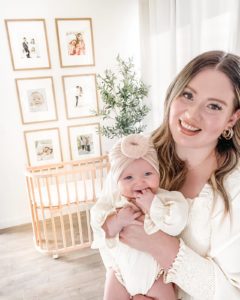
How to Turn Your babybay Bedside Co-Sleeper Into a Portable Bassinet
The bassinet conversion kit makes it easy to turn your babybay co sleeper into a bedside crib or wooden bassinet with wheels.
All it takes is a few minutes to install the guard rail, and you have a safe way to move your baby’s sleeping space around the house with ease.
Your baby’s co-sleeper mattress is fully height-adjustable, which makes it easy to line up their sleeping space to the height of your own bed and reach over to care for them during the night without having to leave the comfort of your sheets.
And though our uniquely-designed guard rail is made to keep you comfortable as you care for your baby, that doesn’t mean that it’s not equally comfortable and safe for your little one!
They’ll feel snuggled in a sleeping space made-just-for-them, protected by a guard rail that will keep them safe through all sleeping and waking hours.
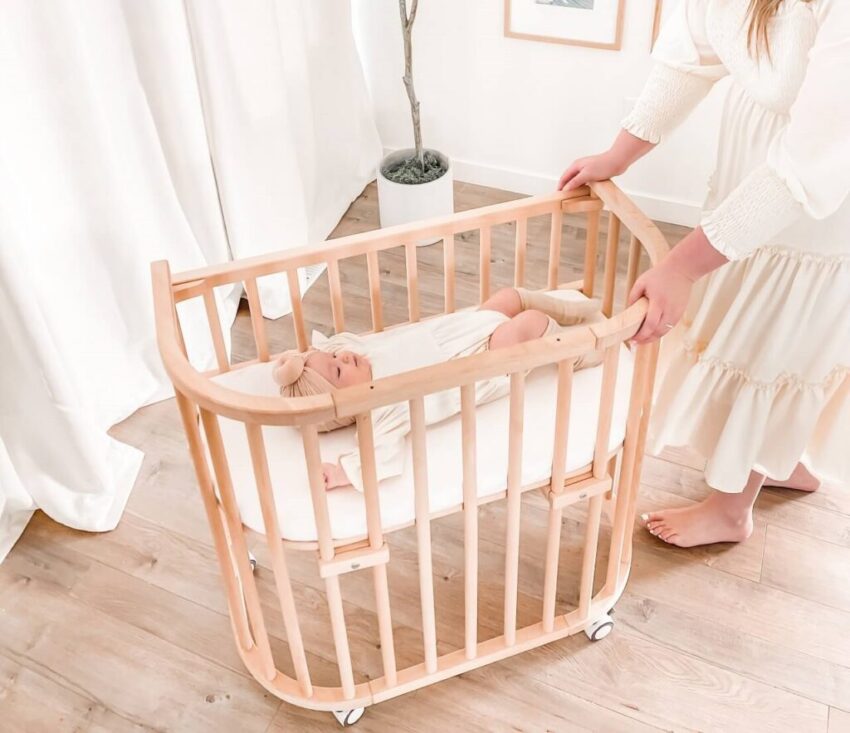

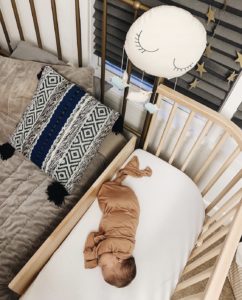

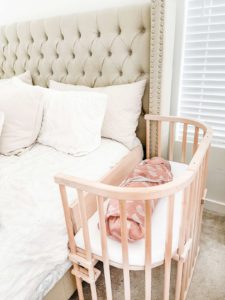
 There are
There are 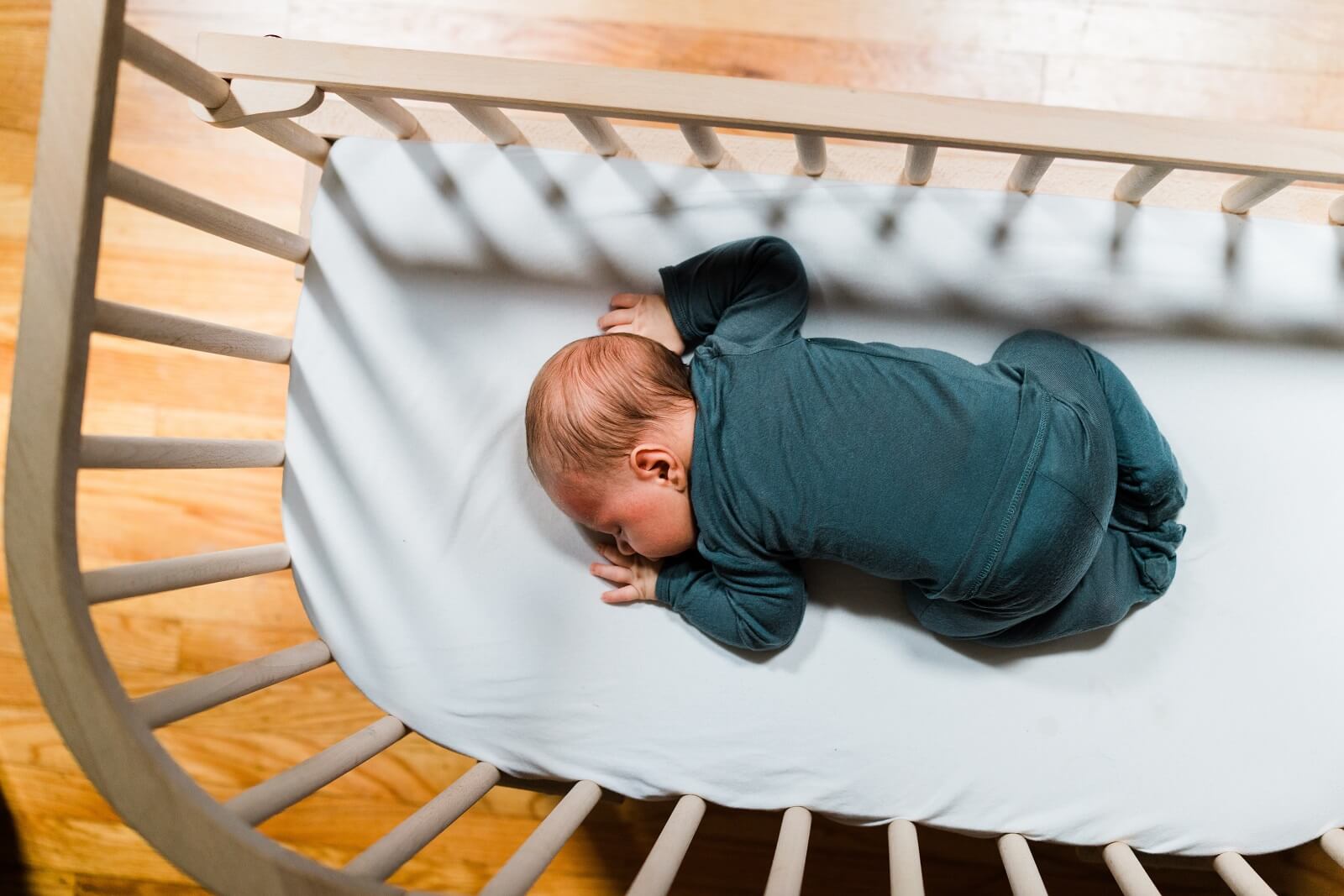



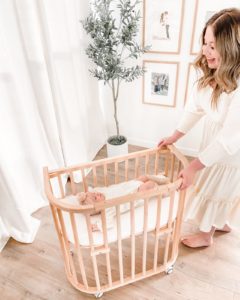
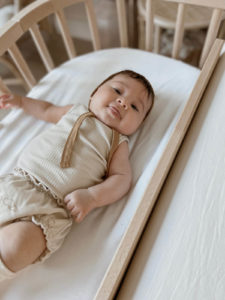
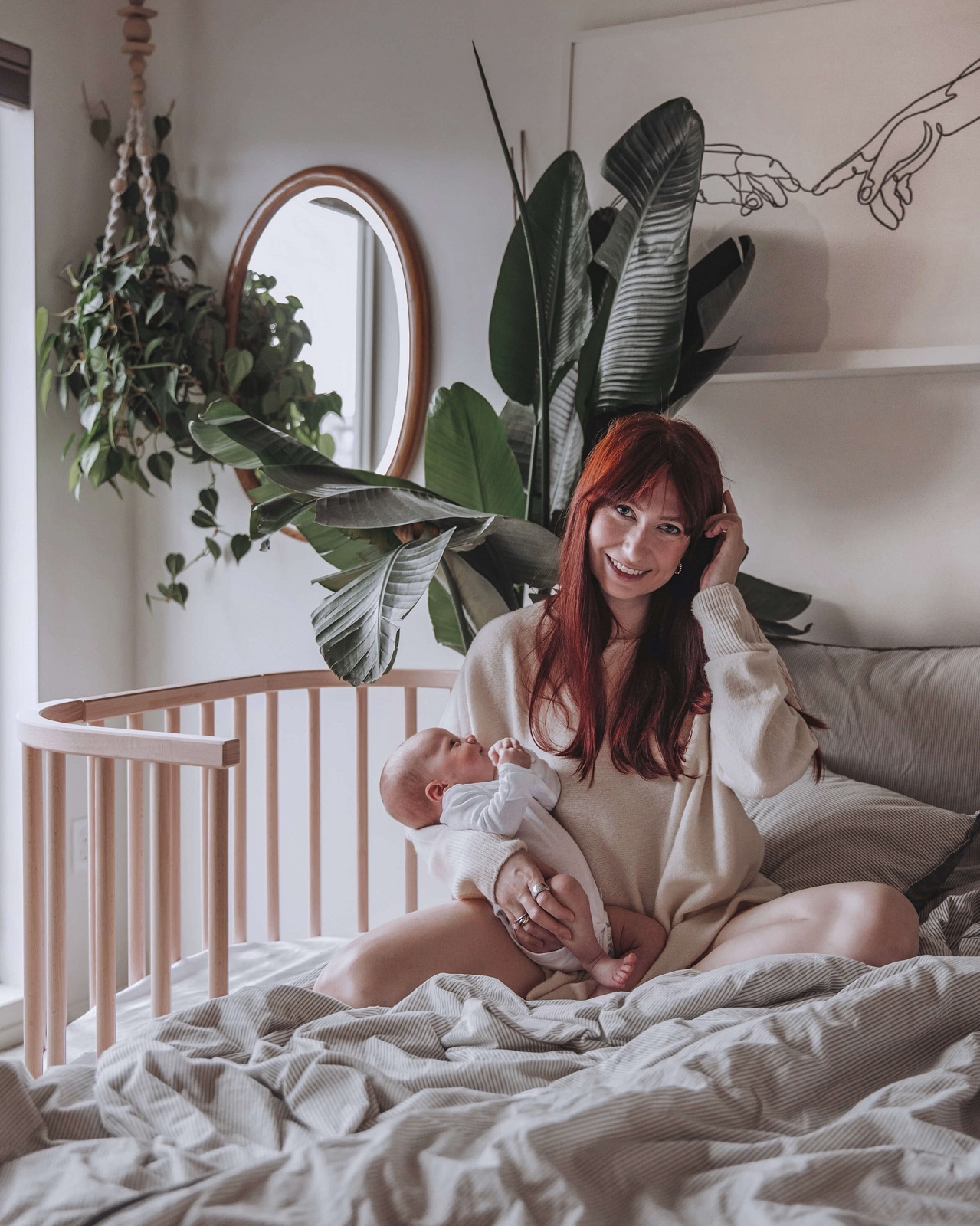

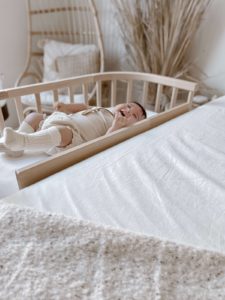
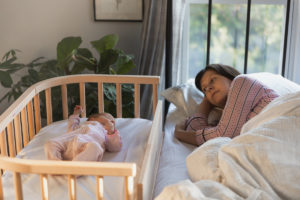
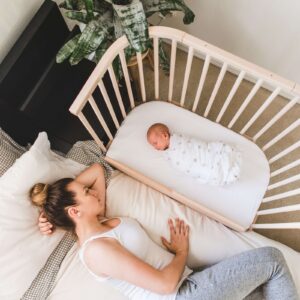
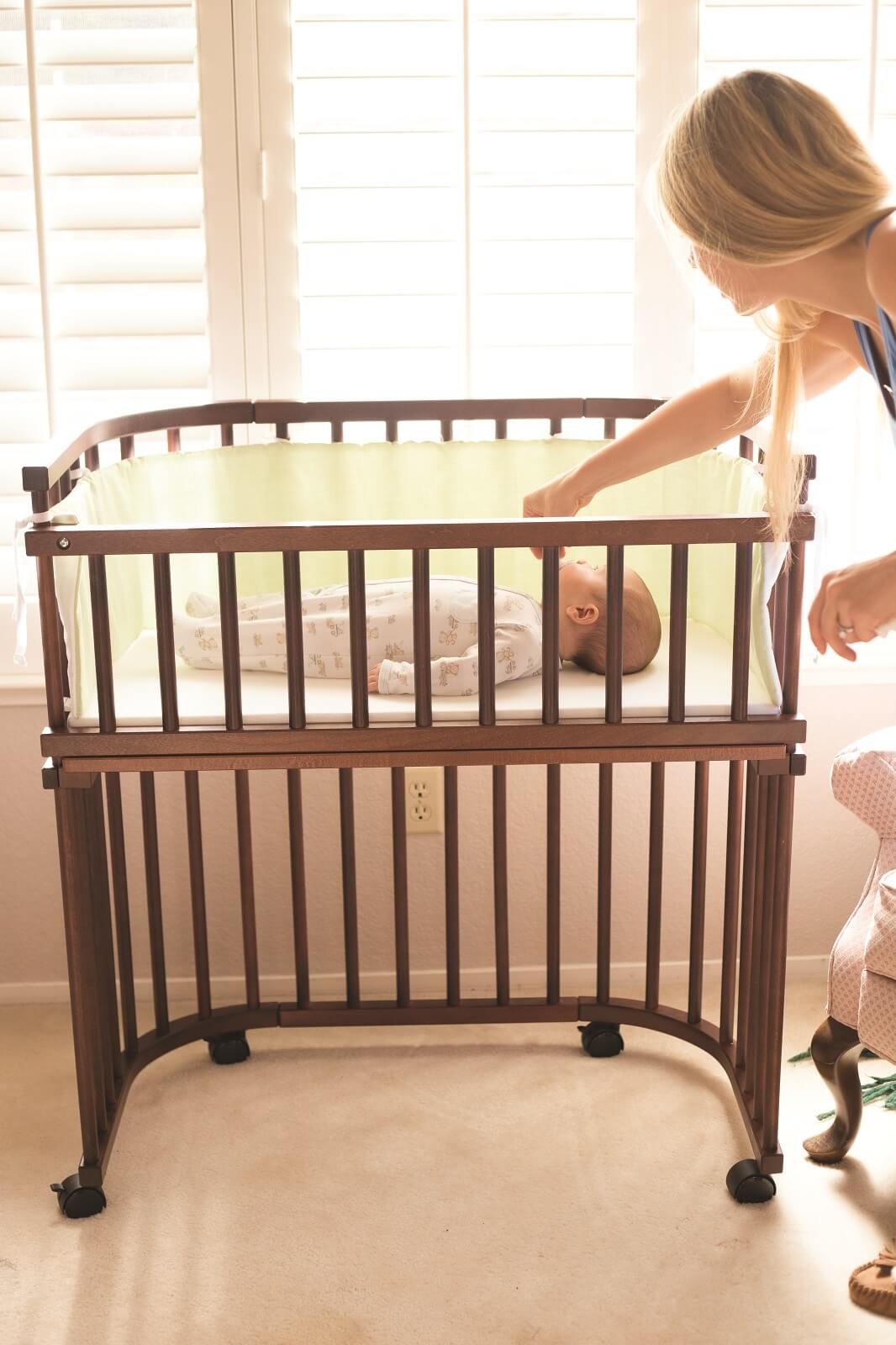
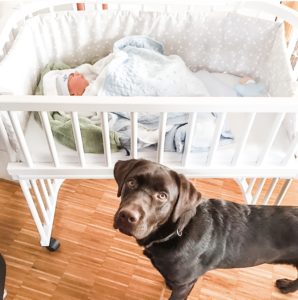
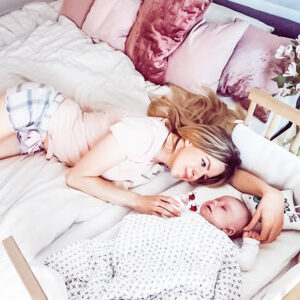


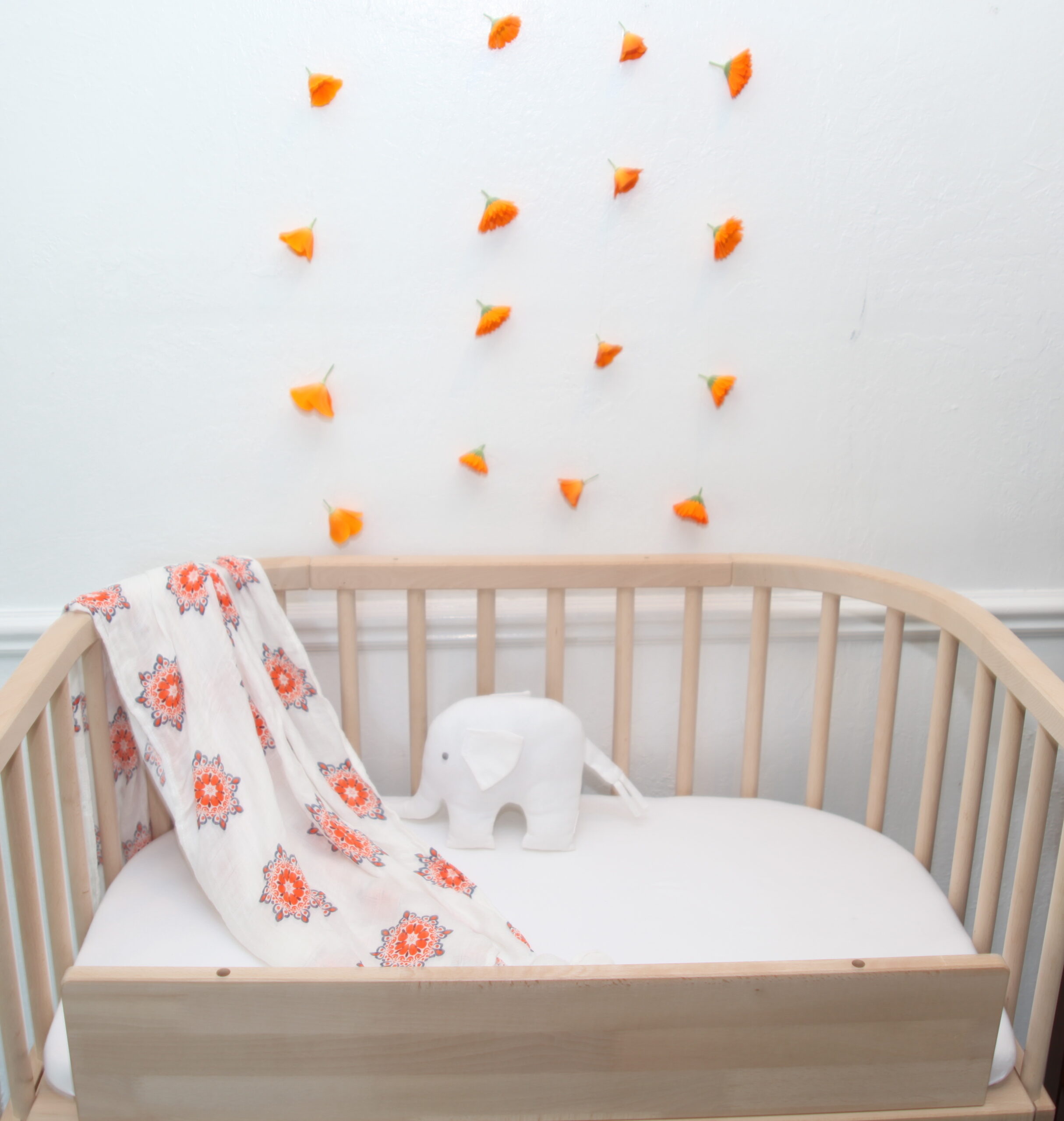

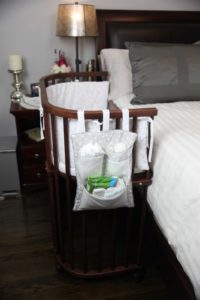
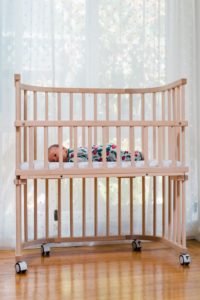
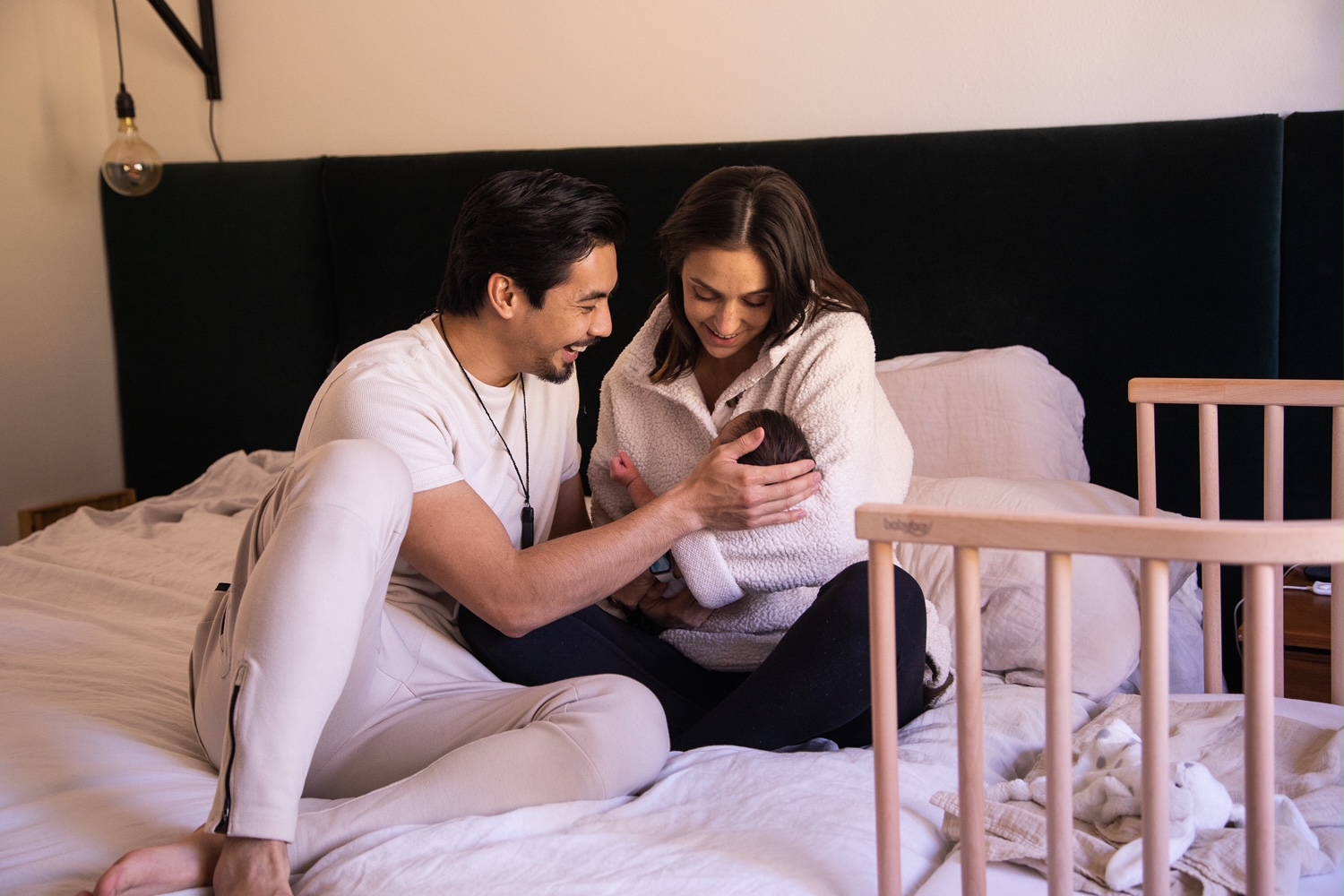
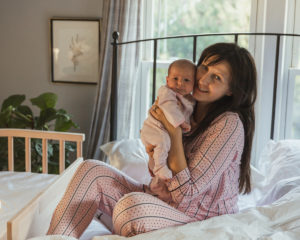

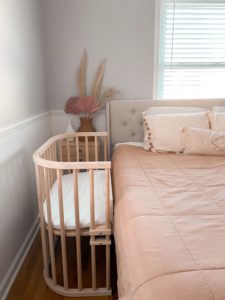
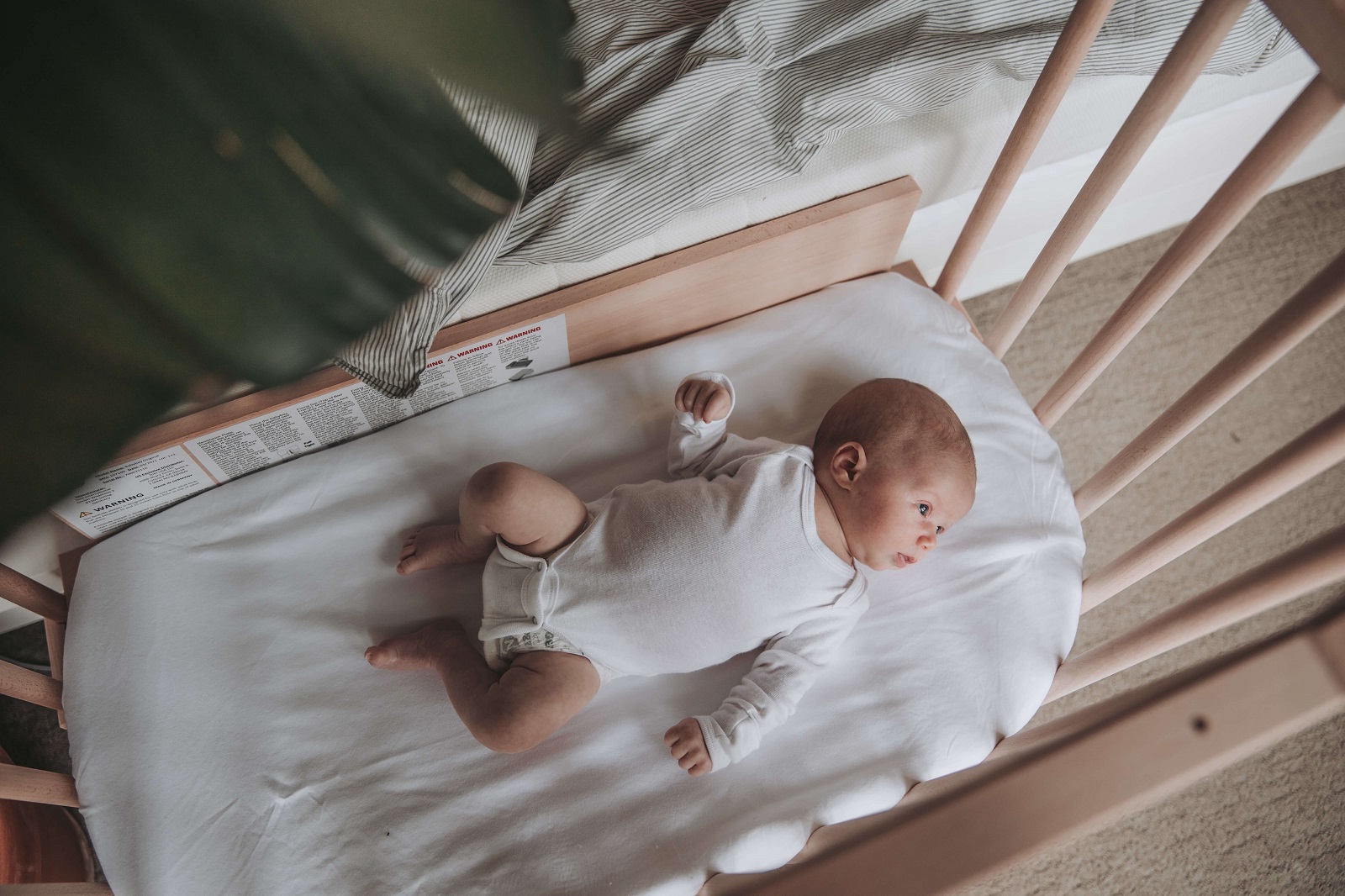

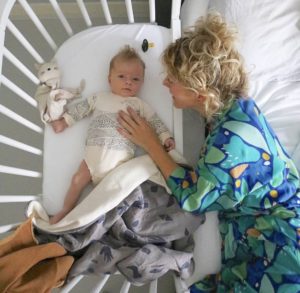 As any parent who enjoys
As any parent who enjoys 
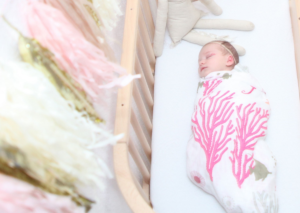
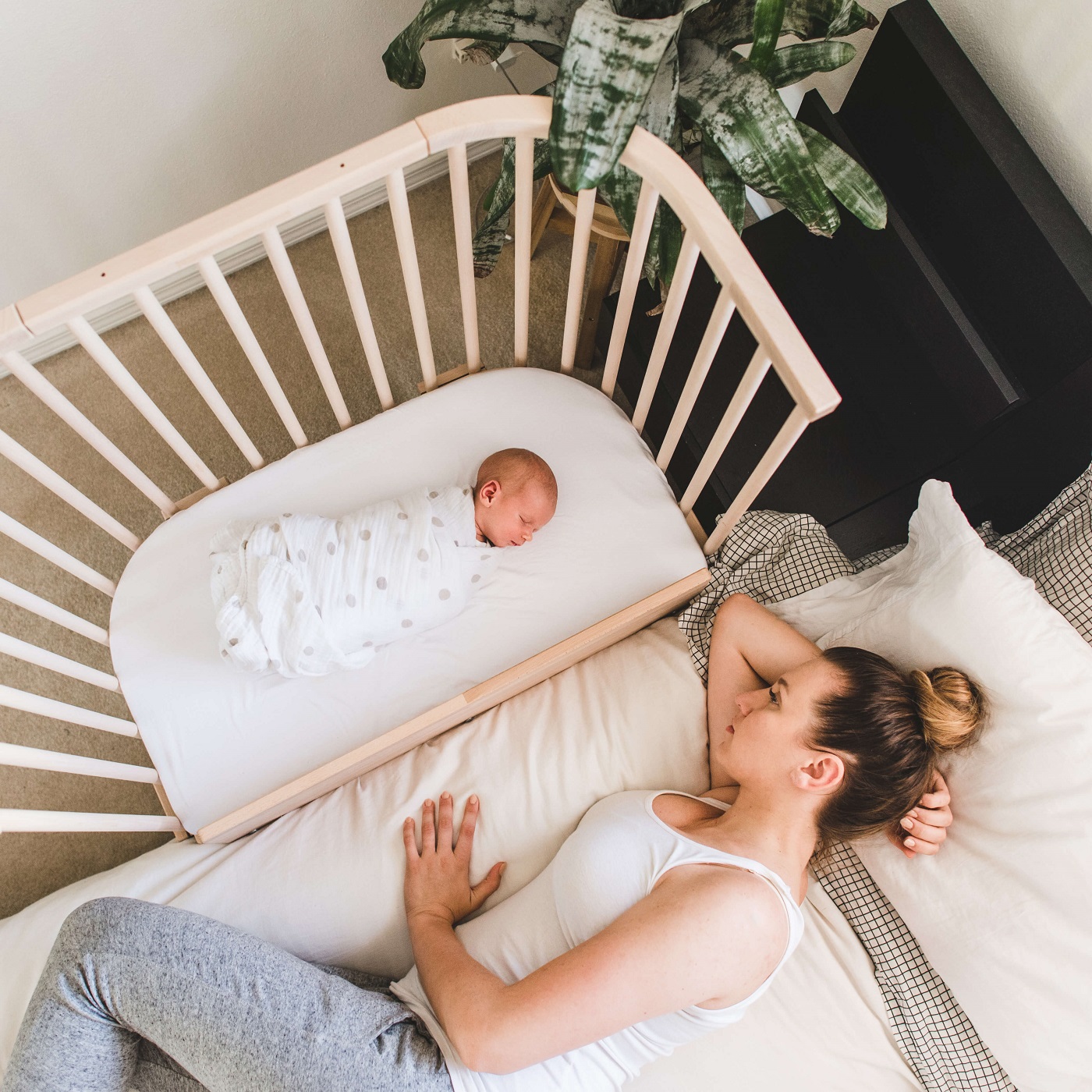
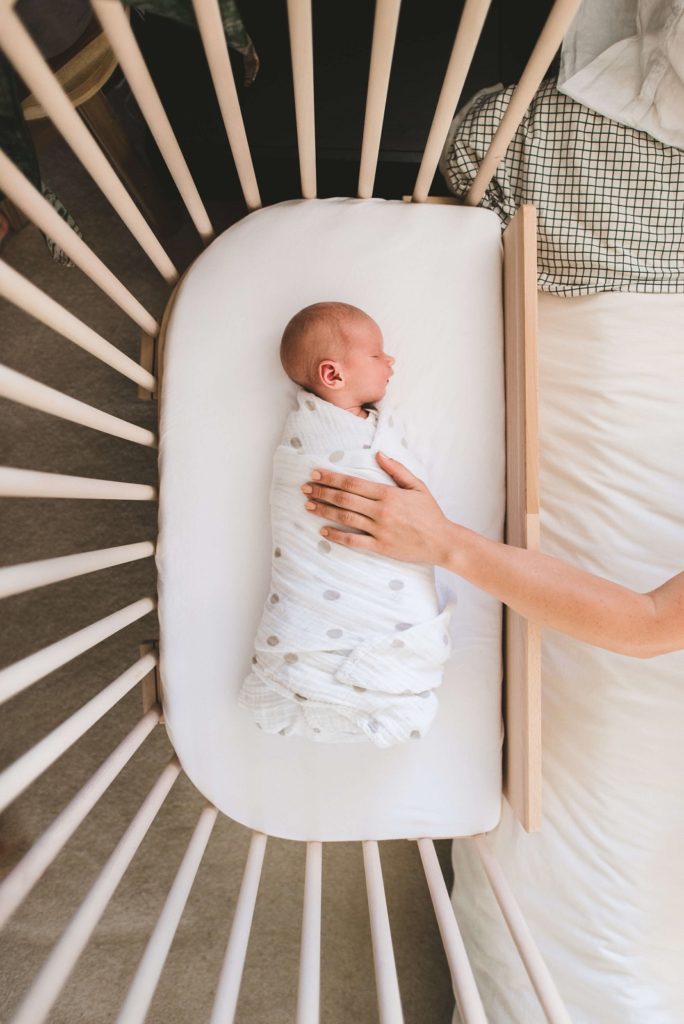

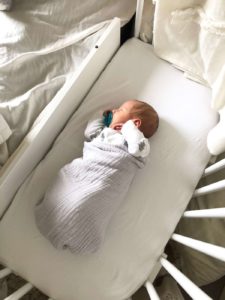
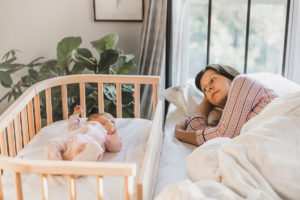
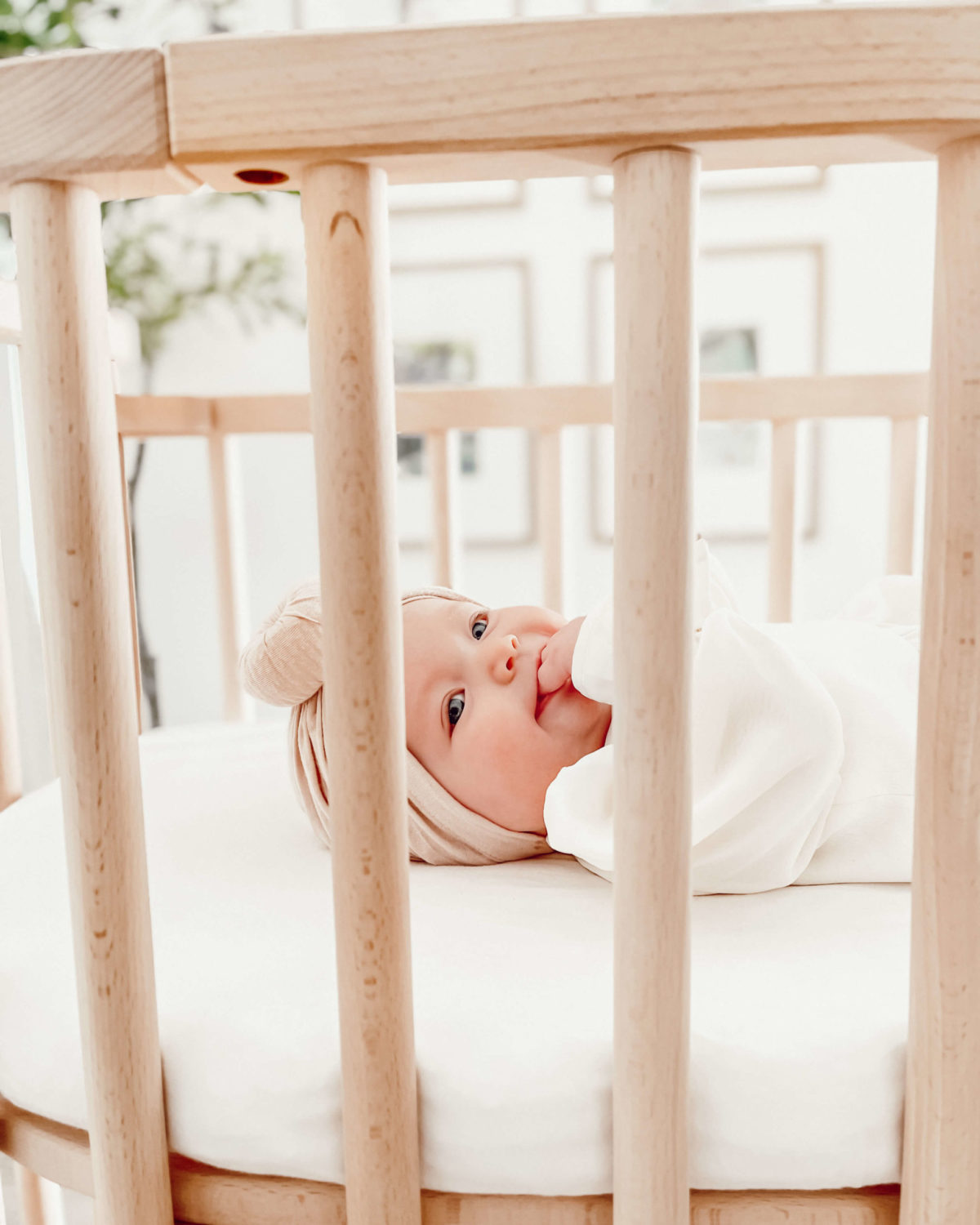

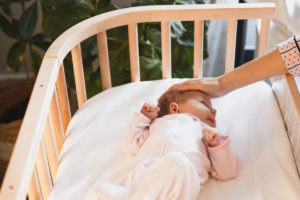
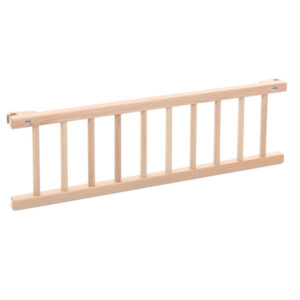 With a bedside sleeper
With a bedside sleeper 